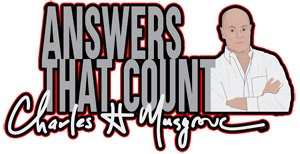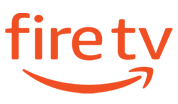We continue our interviews with Professor Joseph Calhoun, Economics Professor at Florida State University. In this session we talk about another economic theory. This is one of the Twelve Key Elements of Economics from the Third Edition of “Common Sense Economics, What Everyone Should Know About Wealth and Prosperity.” Professor Joe is the co-author of this book, public speaker and professor at a major university. He provides a great perspective of how basic economic theories apply to current economic conditions.
We discuss key element #2, There is no such thing as a free lunch: Goods are scarce and therefore we have to make choices. There are a couple of concepts we discuss in this episode that all relate to this key element, opportunity costs and prioritization of choices.
“There are no free lunches” is one of the most popular economic phrases of all times. It means that all things cost (time, money or some resource) and someone pays with resources that are scarce. The cost for the ‘lunch’ or product means you used the scarce resources and cannot use them on the second alternative or ‘dinner’. This lost opportunity to use the resource for ‘dinner’ or another project is the opportunity cost. In other words, the price or cost paid for doing whatever you did (the lunch) was an opportunity (or scarce resource) that can no longer be enjoyed. “Common Sense Economics” states opportunity costs as “doing one thing makes us sacrifice the opportunity to do something else we value.”
Free Lunches from Uncle Sam?
We often hear politicians talk about free things, like free medical care, free college education, free housing and many other free things. Are they really free? Recently, we see the Federal aid packages paid out to businesses and to individuals. It may seem like free money is being paid out. And, often-times that is the viewpoint that the politicians want you to believe. However, because of Economic Key Element #2 and plain common sense there is no such thing as ‘free’. Whether it’s the money paid out through the Federal aid packages (stimulus checks and PPP) cost taxpayers. The
Overall, the Fed’s balance sheet is in a bad state now. According to the bipartisanpolicy.org website, “the Congressional Budget Office reported that the federal government ran a deficit of $864 2020. The monthly deficit is 100 times larger than the last June’s deficit of $8 billion. The budget deficit so far this fiscal year has surged to $2.7 trillion.”
The Mounting Cost of Free Lunches
Below is a chart for Fiscal Year 2019 from the Congressional Budget Office website, cbo.gov.


Each year, each month it seems like we are spending more money than we are collecting in revenue or tax collections. We are covering the gap through debt. The use of debt makes it easier for the budget makers, policy makers and politicians to kick the can down the road and ignore the NO FREE LUNCH theory. They are just deferring the payment of the lunch to a future generation.
Fortunately, most states or at least the State I live in, Florida, requires an annual balanced budget forcing the policy makers to have expenses or amounts paid out not to exceed revenues received by the State.
Another point Professor Joe made is that the key elements interact with each other. The Incentives Matter theory works in tandem with the No Free Lunches theory. Incentives influence the decisions to use resources to buy the ‘lunch’. The lunch that gives the best value or tastes the best will be chosen over an alternative.
The 12 Key Elements are relevant in both your personal and business decision making processes.
Also, check out this article on the Economic Impact of COVID-19.







Recent Comments